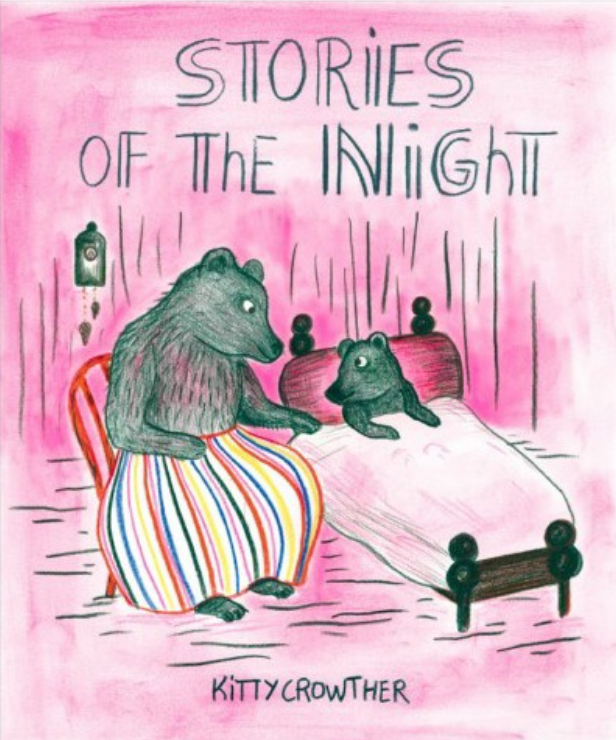By Susan Corapi, Trinity International University, Deerfield, IL
This week’s characteristic of intercultural competence is hard to “pin down” with good reason because it involves having a flexible mindset. Homi Bhabha, a Harvard professor who has written about this in his essay The Location of Culture (1994), calls it living in the present in the borderlands. He explains that instead of thinking of ourselves as belonging in certain cultures or spaces, we think of ourselves as in between, or the area between categories where things are fuzzy and we are redefining some of our identity. It is a place of tension–no doubt about it. But it is also an exciting place because it is an area of growth. It is a willingness to live in the messy areas instead of feeling the need to define everything in fixed categories. Continue reading


